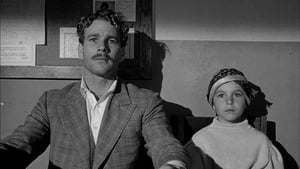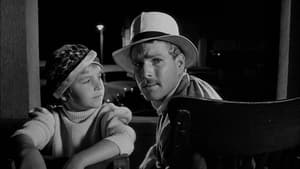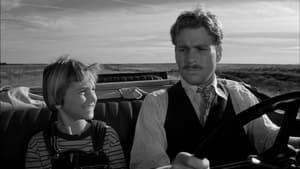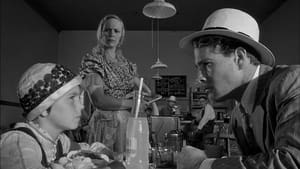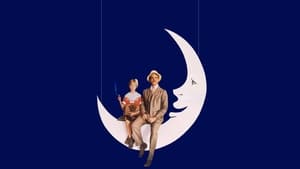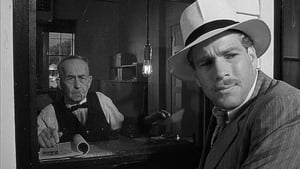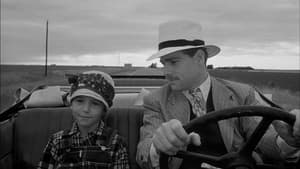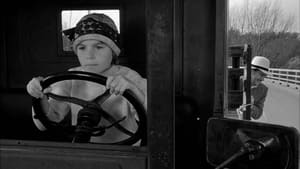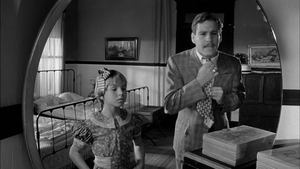Video Sources 0 Views
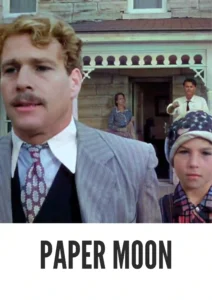
Synopsis

Step back in time to the Great Depression with Paper Moon, a heartwarming and critically acclaimed comedy-drama from 1973, now beautifully colorized for a viewing experience that adds new depth to this classic tale. Directed by Peter Bogdanovich and starring Ryan O’Neal and Tatum O’Neal, this film delivers a charming blend of humor, pathos, and Americana as it follows an unlikely duo traveling through the American Midwest. Perfect for classic film enthusiasts and those seeking a touching story with memorable characters, this HD download brings a beloved piece of cinematic history to your screen.
Paper Moon tells the story of Moses Pray (Ryan O’Neal), a con man who makes his living traveling through Kansas during the Great Depression, selling Bibles to widows by claiming their deceased husbands had ordered them. His life takes an unexpected turn when he reluctantly agrees to transport Addie Loggins (Tatum O’Neal), a nine-year-old orphan, to her relatives in Missouri after her mother dies.
Initially, Moses is hesitant to take on the responsibility, but Addie is persistent and resourceful. As they travel together, their relationship evolves from reluctant acquaintances to a makeshift family. Addie proves to be just as cunning as Moses, and she quickly becomes an invaluable partner in his schemes, helping him swindle unsuspecting customers.
Along the way, they encounter a colorful cast of characters, including a vivacious carnival performer named Miss Trixie Delight, and get into various misadventures. Through it all, Moses and Addie forge a deep and unbreakable bond. Paper Moon is a heartwarming story about family, resilience, and finding connection in the most unexpected places.
The film features a talented cast of actors who bring this poignant story to life:
-
Ryan O’Neal as Moses Pray
-
Tatum O’Neal as Addie Loggins
-
Madeline Kahn as Trixie Delight
-
John Hillerman as Deputy Hardin
-
P.J. Johnson as Imogene
Paper Moon falls into the genre of comedy-drama, with elements of road movie and historical drama. Its blend of humor and pathos, combined with its evocative portrayal of the Great Depression, makes it a captivating and timeless film.
Released in 1973, Paper Moon offers a nostalgic look back at the Great Depression, a period of immense hardship and resilience in American history. The film captures the spirit of the era through its authentic costumes, settings, and storytelling. While Paper Moon is not a strictly historical film, it provides valuable insights into the lives and struggles of ordinary people during this challenging time, highlighting their ability to find humor and hope amidst adversity.
This colorized version of Paper Moon has been meticulously restored using modern digital techniques, enhancing the visual appeal while preserving the film’s original atmosphere and charm. The colorization process involved carefully analyzing the grayscale tones of the original black and white footage and assigning appropriate colors to each scene. While the specific software used remains proprietary, the techniques employed included advanced algorithms for color palette selection and image enhancement. This painstaking process brings new life to the characters and settings, making the story even more engaging for modern audiences. While some may debate the merits of colorizing classic films, it introduces these films to a broader audience, ensuring their legacy for future generations.
-
: Peter Bogdanovich
-
: Alvin Sargent
-
: the novel Addie Pray by Joe David Brown
-
: László Kovács
-
: Verna Fields
-
: The Directors Company
-
: Paramount Pictures
-
: 102 minutes
-
: MP4
-
: HD (1080p)
-
: Compatible with most devices, including smartphones, tablets, computers, and smart TVs.
Paper Moon (1973) is widely regarded as a classic of American cinema, praised for its heartwarming story, its stellar performances, and its evocative portrayal of the Great Depression. Tatum O’Neal’s Oscar-winning performance made her the youngest person to ever win an Academy Award, and the film remains a beloved and enduring classic. As a timeless story about family and resilience, Paper Moon continues to captivate and move audiences of all ages.
-
: What is Paper Moon about?
-
A: Paper Moon is a comedy-drama about a con man and a young orphan who form an unlikely partnership as they travel through Kansas during the Great Depression.
-
-
: Is Paper Moon (1973) a well-known film?
-
A: Yes, Paper Moon is a highly acclaimed and widely recognized classic of American cinema.
-
-
: Is this version of Paper Moon colorized?
-
A: Yes, this version has been professionally colorized to enhance the viewing experience.
-
-
: What makes Paper Moon interesting for classic film fans?
-
A: Paper Moon offers a heartwarming story, memorable characters, and an evocative portrayal of the Great Depression, making it a timeless and enduring classic.
-
-
: What is the download format?
-
A: The download format is MP4, which is compatible with most devices.
-
-
: What resolution is the download?
-
A: The resolution is HD (1080p), providing a high-quality viewing experience.
-
Watch Paper Moon Today!

